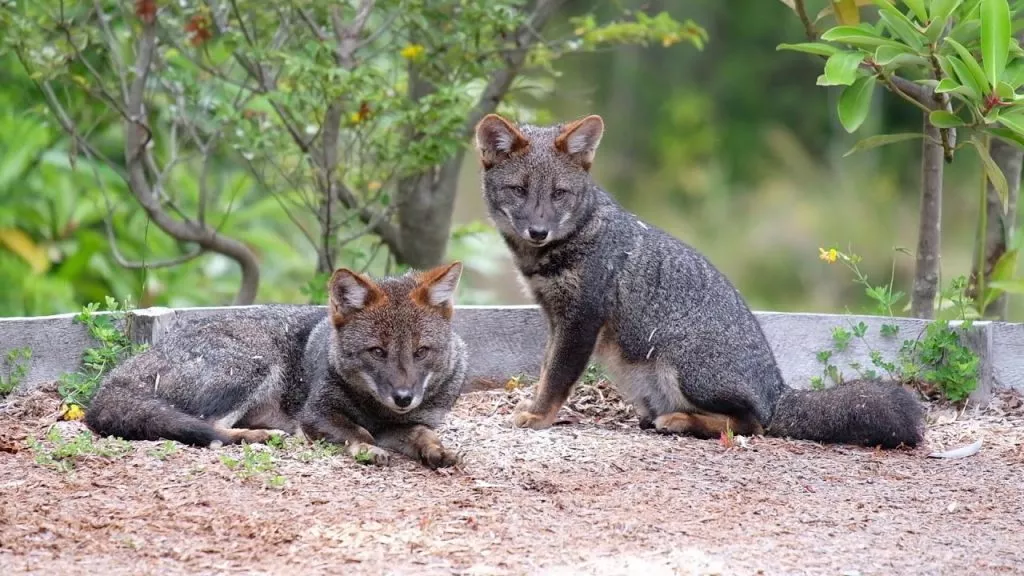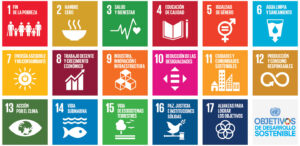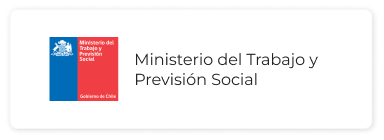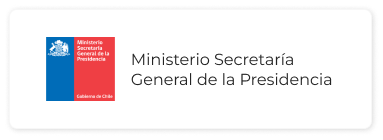
In a short time, Artificial Intelligence has become a powerful tool for addressing and solving various challenges faced by our society. Its ability to process large amounts of data, identify patterns, and make precise decisions in real time allows for the automation of tasks that previously required multiple people and various resources.
We have already seen that programs are being developed to prevent cases of gender-based violence, such as the Certeza en la Voz Project, among other initiatives. However, AI can also be applied to other areas, such as environmental preservation.
The Guardians of the Forest Project, led by Huawei, a strategic partner of Visiion for developing and enhancing solutions and products, uses AI to preserve the Darwin’s fox, a species in danger of extinction.

Guardians of the Forest Project
The Guardians of the Forest program is a global initiative by Huawei aimed at protecting the Amazon Rainforest in Costa Rica and arrived in Chile in 2021 to safeguard the Darwin’s fox, an endangered species, in the Nahuelbuta mountain range, the oldest in the country.
The major challenge was to find effective tools to monitor the Darwin’s foxes. For over 10 years, various methods have been used with limited success. For instance, camera traps require regular movements and high personnel costs, while traditional teletracking could only be implemented on three individuals who were captured and fitted with collars.
Additionally, AI has been used to analyze and process large amounts of data collected about Darwin’s foxes, including genetic information, behavior, and habitat. Through machine learning algorithms, key patterns and characteristics have been identified to better understand the species and its conservation needs.
Finally, it enabled the creation of predictive models that help forecast potential changes in the Darwin’s foxes’ habitat and assess their impact on the species’ survival. This assists in making informed decisions and designing adaptive conservation strategies.
In summary, thanks to the use of Artificial Intelligence, the Darwin Project has been able to collect more precise data, accelerate decision-making, and optimize conservation efforts. This combination of technology and conservation demonstrates how AI can make a significant difference in protecting endangered species and preserving the biological diversity of our planet.






















